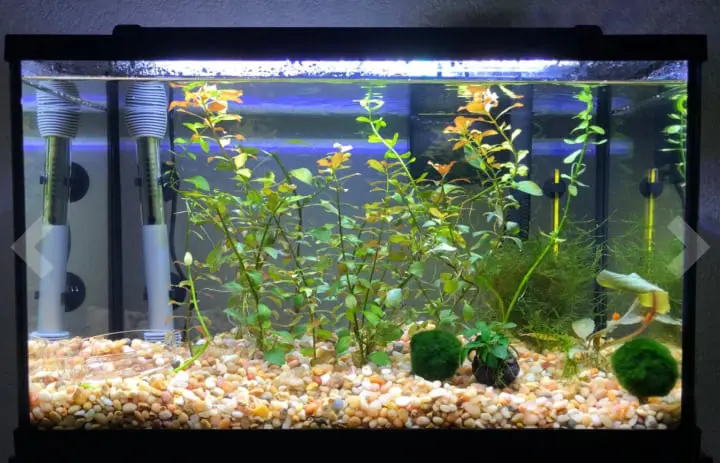Setting up the perfect aquarium isn’t just about picking out beautiful fish—it’s also about creating a vibrant underwater world with plants that complement your fish and enhance your tank’s beauty. But choosing the right plants requires more than just thinking about how pretty they look. There’s a bit of science to it too, and getting it right will save you from watching your gorgeous plants turn brown after a few days.
Let’s dive into the world of aquarium plants, explore the different types, and discover some tips for keeping them healthy.
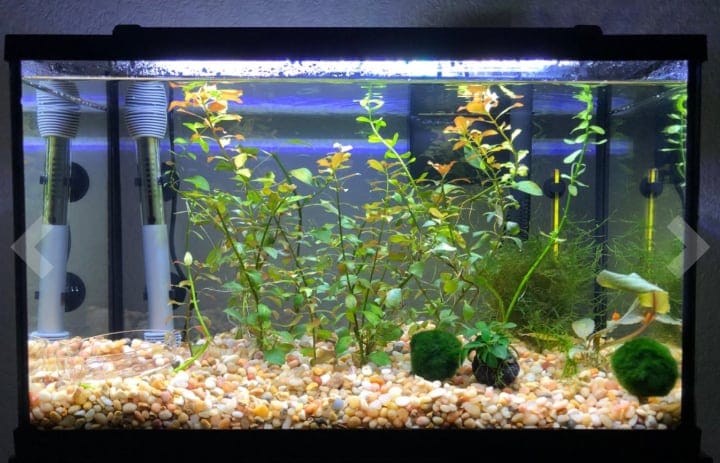
Types of Aquarium Plants
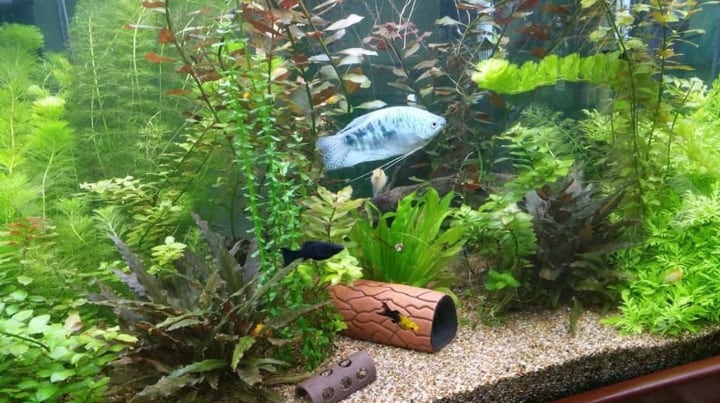
When it comes to choosing plants for your aquarium, they typically fall into three main categories: foreground, mid-ground, and background plants. This classification is based on the plant’s height. For the best effect, you’ll want to mix these categories for a balanced look. The key is to avoid tall plants in the foreground, as they can block your view of the whole tank.
Did you know? Landscaping your aquarium is called aquascaping—a fun and artistic hobby!
Foreground Plants
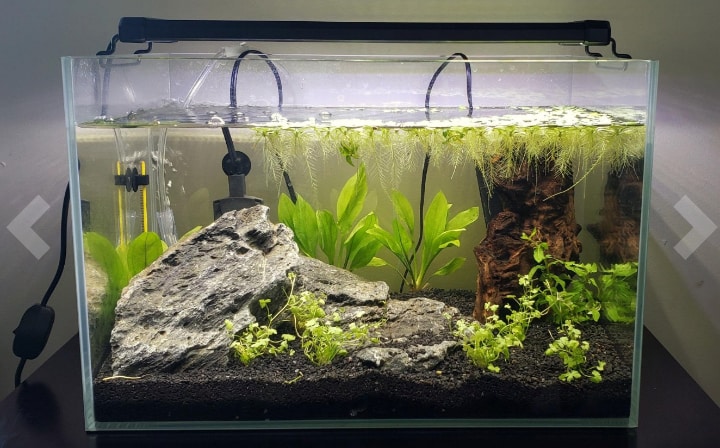
Foreground plants are typically short and grow outward, forming a lush, green carpet for your aquarium. These are perfect for setting the stage and enhancing the appearance of your tank.
Dwarf Baby Tears
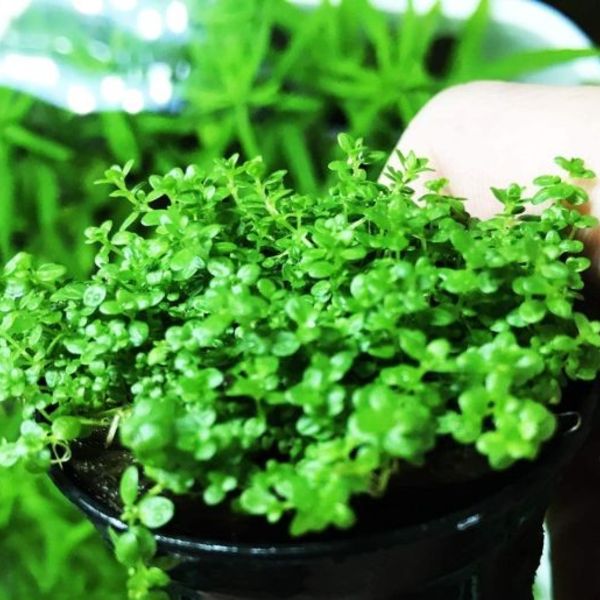
Also known as Hemianthus Callitrichoides, these fast-growing plants create a bright green carpet on the bottom of your tank. They thrive in slightly acidic water with temperatures between 70-84°F. Make sure they get strong lighting—around 2 watts per gallon—or they might start growing toward the surface in search of more light.
Java Moss
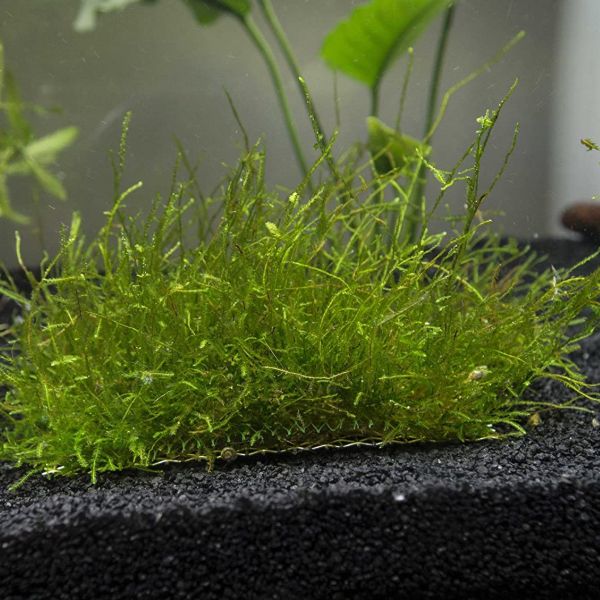
Java Moss is a beginner favorite, known for its low-maintenance nature and fast growth. It will quickly cover your aquarium floor with green, lush coverage. It does best with well-circulated water and a temperature range of 74-82°F.
Brazilian Micro Swords
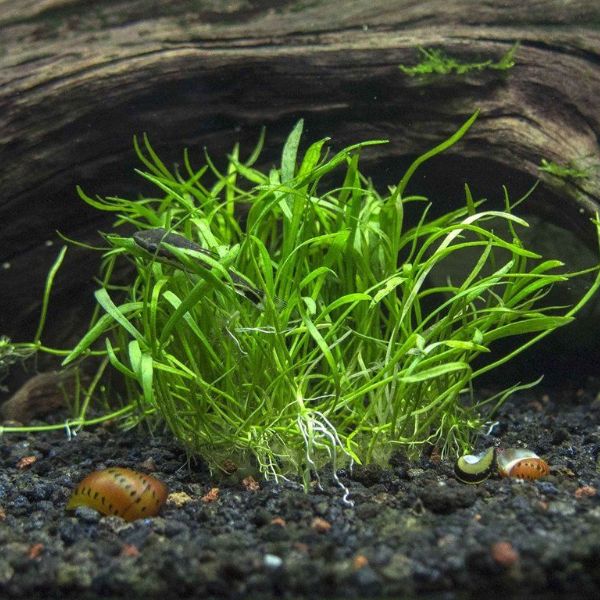
This plant grows to a maximum height of about 3 inches, making it perfect for carpeting. It has a moderate growth rate and prefers slightly alkaline water. For faster growth, you can trim the roots before planting. It also needs strong lighting—at least 3 watts per gallon.
Mid-ground Plants
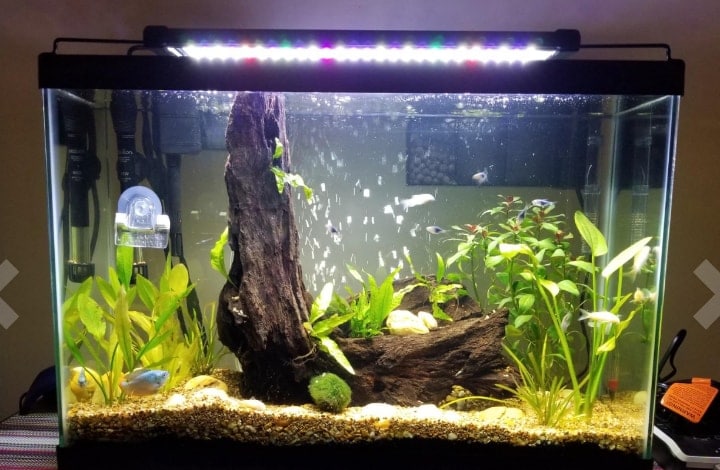
Mid-ground plants are key to drawing the eye and adding balance to your aquarium. They need to be of moderate height to keep the background visible.
Java Fern
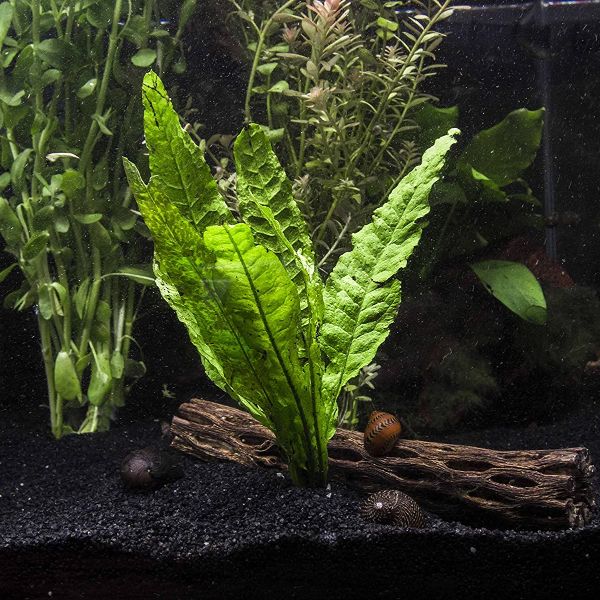
A super easy plant to care for, Java Fern grows in many varieties, with the trident and needle varieties being the most popular for aquariums. It thrives in low light and can grow up to 13 inches tall. Java Fern prefers a pH between 6 and 8 and a temperature range of 68-82°F.
Alternanthera Reineckii
With its stunning red leaves, this plant adds vibrant contrast against green plants. It has a slow growth rate and thrives in acidic water. Remember to prune it regularly to prevent it from becoming too bushy and blocking the view of other plants.
Anubias Barteri Var. Nana
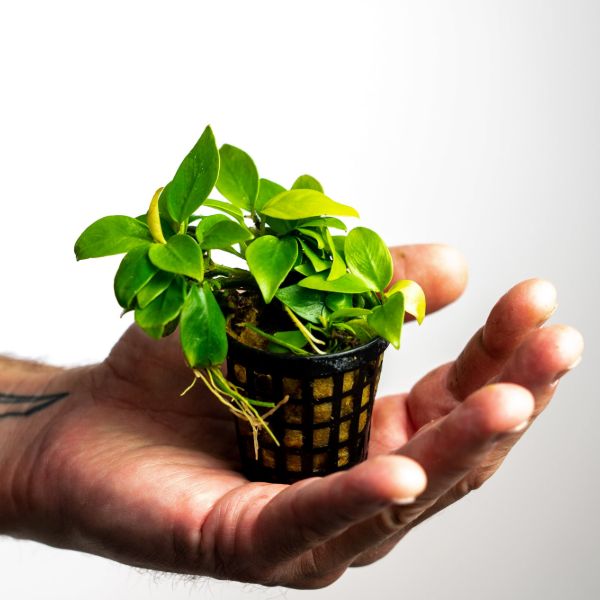
This small plant is super low-maintenance and can adapt to a variety of water conditions. It’s a great companion to more demanding plants. It grows slowly, but its long-lasting leaves and occasional flowers make it a great addition to your mid-ground. It grows up to 6 inches tall and prefers shaded spots.
Background Plants
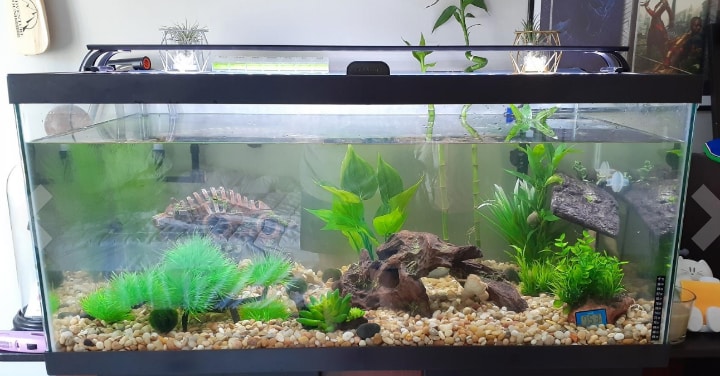
Background plants are usually taller and are used to create a backdrop for your tank. These plants can also provide a hiding space for your fish.
Water Wisteria
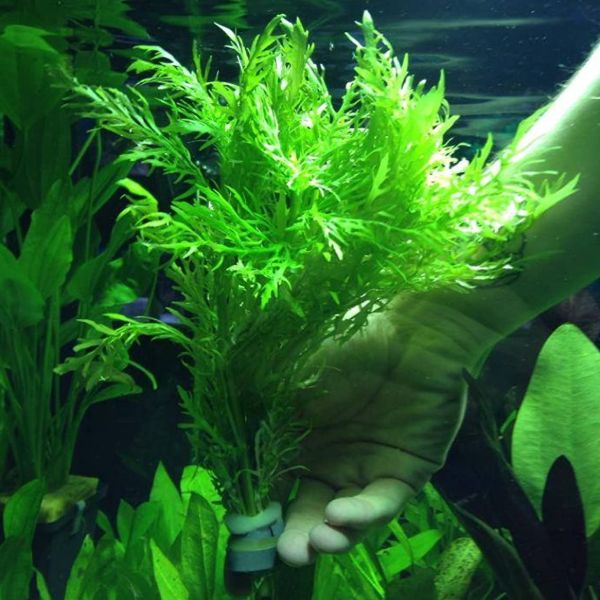
A sturdy, low-maintenance plant, Water Wisteria is perfect for beginners. It can grow up to 20 inches in height and 10 inches in width, depending on the amount of light it receives. It adds a lush, green backdrop to your tank and helps make the aquarium feel more natural.
Conclusion
When choosing aquarium plants, make sure to consider the right placement based on their height and growth habits. By selecting a mix of foreground, mid-ground, and background plants, you’ll create a beautiful, well-balanced aquarium that your fish will love exploring. And don’t forget, proper care is key—regular trimming, proper lighting, and the right water conditions will keep your plants healthy and thriving for a long time!
Here are more frequently asked questions (FAQs) about aquarium plants:
1. What type of lighting do aquarium plants need?
Aquarium plants generally require a moderate to high amount of light, depending on the type of plants you have. For low-light plants (like Java Fern or Anubias), standard aquarium lights may suffice. However, high-light plants (like Amazon Swords or Carpet Plants) will need more powerful lighting, such as LED or fluorescent lights with a specific light spectrum for plant growth.
2. How often should aquarium plants be fertilized?
Fertilization needs depend on the type of plants and the tank’s setup. Plants absorb nutrients from the water, but if your aquarium has low fish load or low nutrient levels, you may need to supplement with liquid fertilizers or root tabs. Generally, liquid fertilizers should be added every week or as directed, and root tabs can be placed at the base of the plants every 1–3 months.
3. Can I use tap water for my aquarium plants?
Tap water can be used for aquarium plants, but it may contain chlorine or chloramine that can harm plants. If using tap water, it’s important to use a water conditioner that neutralizes chlorine and chloramine. Also, tap water may have different hardness or pH levels that may not be suitable for certain plants, so it’s important to monitor and adjust the water chemistry as needed.
4. How do I prevent algae growth in my aquarium?
Algae thrives in aquariums with excess nutrients, especially nitrogen and phosphorus. To prevent algae, maintain proper water parameters, reduce the lighting period (about 8–10 hours daily), and ensure adequate plant growth. Fast-growing plants can outcompete algae for nutrients. Regular water changes and cleaning of the tank will also help control algae buildup.
5. How do I trim and maintain aquarium plants?
Trimming plants is essential to promote healthy growth and prevent overcrowding. Use sharp, clean scissors to trim dead or overgrown leaves. For stem plants, pinch the top portion of the plant to encourage bushier growth. Floating plants should be thinned regularly to prevent them from blocking too much light for other plants below.
6. What are the best plants for beginners?
For beginners, it’s best to choose hardy and low-maintenance plants that don’t require special care. Examples include:
- Java Fern
- Anubias
- Cryptocoryne
- Amazon Sword
- Java Moss
These plants can thrive in a variety of water conditions and don’t need intense light or regular pruning.
7. Do aquarium plants help with water quality?
Yes, aquarium plants play a crucial role in maintaining water quality. They absorb excess nutrients like nitrates and phosphates, helping to reduce algae growth and keeping the water cleaner. Additionally, plants provide oxygen and improve the overall health of the tank ecosystem.
8. Can aquarium plants grow in low-light tanks?
Some plants are adapted to low-light environments, making them perfect for tanks with less intense lighting. Examples include:
- Anubias
- Java Fern
- Cryptocoryne
These plants will still grow but at a slower rate and may require less frequent trimming.
9. How do I plant in an aquarium?
To plant in an aquarium, gently insert the plant’s roots into the substrate. For stem plants, you can bury the bottom of the stem in the substrate or use aquarium plant weights to keep them in place. Make sure the crown (the area where the roots and leaves meet) is above the substrate to prevent rotting.
10. Why are my aquarium plants turning yellow?
Yellowing leaves can be a sign of nutrient deficiencies, such as a lack of nitrogen, iron, or potassium. It could also be due to poor water quality, incorrect pH, or insufficient lighting. Make sure to check water parameters and adjust fertilization as needed.
If you have more questions or need further assistance, feel free to ask!

